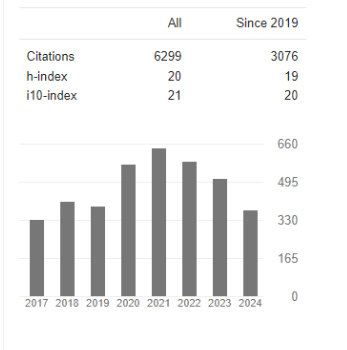Association of P53 Gene and Colorectal Cancer in Iran
Abstract
Seyedehatefe Seyedinnavadeh, Mohamad Hadizadeh Neisanghalb, Maryam Pazhooha and Navid Saleh
Background: Colorectal cancer (CRC) is one of the leading causes of malignancies globally with a high mortality rate. Therefore, investigating the underlying mechanism and different risk factors contributing to this neoplasm is imperative, since P53 protein is a tumor suppressor protein, that has inhibiting effect on tumorigenesis, this study aims to assess the association of P53 gene and CRC within specific population, as geography is believed to be a risk factor for CRC.
Materials and Methods: In this retrospective case-control study, 90 patients aged 18 years old and above, with CRC were enrolled. They were all scrutinized before and after their surgery. Data were extracted from their medical record, laboratory test results, standard questionnaire, imaging reports, physical exam, related symptoms and colonoscopy and biopsy reports. Data analysis was performed using SPSS software and the chi-square method.
Results: 90 patients participated in this study, with the mean age of 71.57 years. There was no statistically significant association between age of patients and P53 mutation. Similarly, no correlation between any of the symptoms and P53 gene mutation was found. However, the risk of P53 mutation increased with larger tumor size (p<0.021), deeper tissue invasion (p<0.041) and higher levels of lymph node involvement (p<0.031).
Conclusion: this study investigates the relationship between P53 mutation and various clinical and pathological parameters. A significant association was observed between P53 mutation and tumor characteristics, including larger tumor size, deeper tissue invasion, and increased lymph node involvement. These findings suggest that P53 mutation may serve as a potential biomarker for assessing tumor aggressiveness and prognosis in colorectal cancer.




